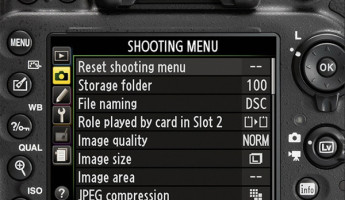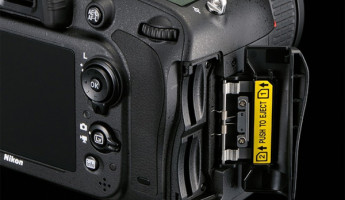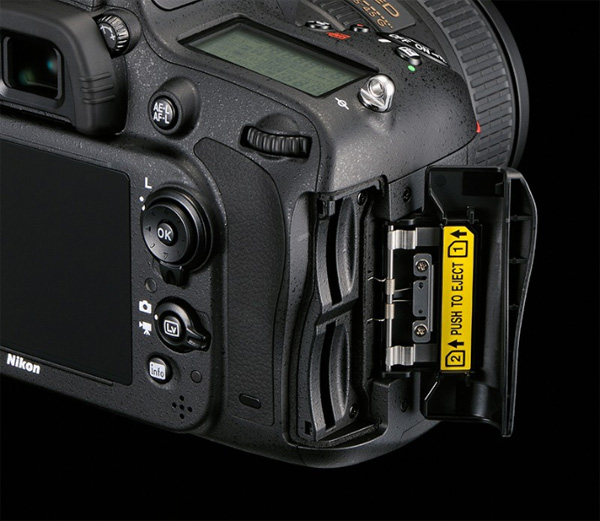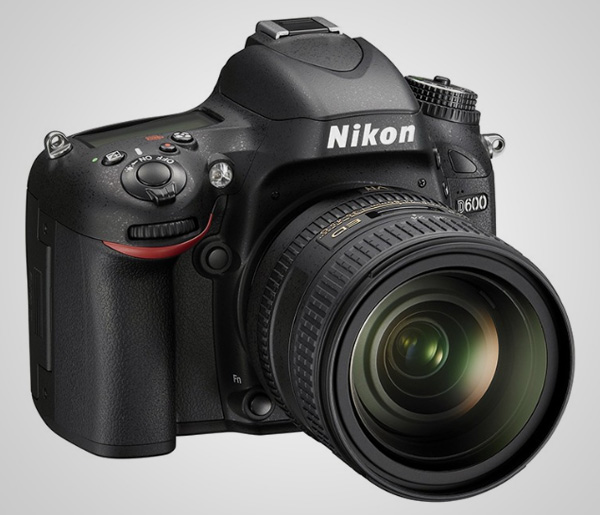View in gallery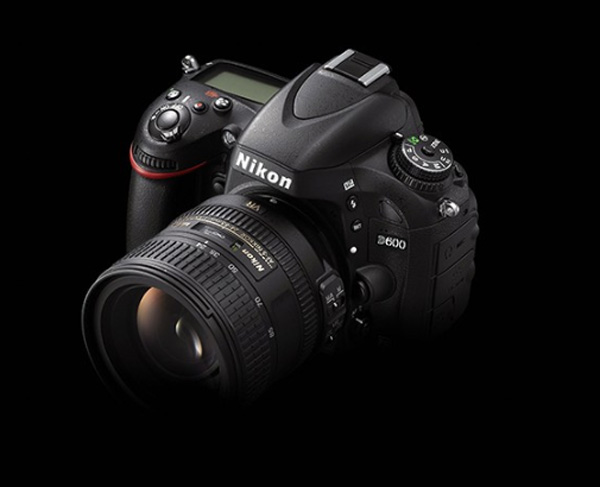
In the era of digital cameras, never has full frame photography been as accessible as it is today. Nikon has officially revealed the long-rumored Nikon D600, a lightweight, powerful full frame DSLR for the prosumer creative class. If you’re not familiar with why “full frame” is so important, it’s because most lower end (see: under $3,000) digital SLR cameras use a “crop sensor”, a smaller, cheaper sensor that has its fair share of drawbacks. This Nikon lowers the entry level into full frame photography by around $900, doing so without skimping on the most important features. It’s the Porsche Boxter, the BMW 1-series, the Mercedes C Class– and likely our next digital camera purchase.
Why, again, is “full frame” of the Nikon D600 important? The alternative, the crop sensor, has its issues. They’re widely available because they can be produced at 10% of the cost of some of the nicer full frame sensors. Yet crop sensors have trouble in low light settings, they significantly alter the true focal length of a lens and they don’t produce the same quality as a full frame sensor. About that true focal length– on a crop sensor camera, like the Nikon D3200, a 35mm lens is effectively a 52.5mm lens. Every focal length is multiplied by 1.5, since the smaller sensor cannot take in the full available size of a DSLR lens.
These three important characteristics tend to distinguish between a professional and an amateur DSLR– low light performance, available focal length and overall image quality. The Nikon D600 is a cut above all of the crop sensor cameras but priced far below most full frame DSLRs. Yet compared to Nikon’s own higher-end offerings, like the recently released Nikon D800, the Nikon D600 doesn’t come with drastically watered down specs. It features a 24.3MP sensor, a 39-point autofocus system, full 1080p video recording and low-noise, high ISO performance.
The most attractive spec about the Nikon D600 is the price tag– $2,099 for the body alone. A kit is also available, including the 24-85mm VR lens, for $2,699. If you’ve been waiting for this upgrade like we have, there’s a few things to note. One, many of the DX-compatible lenses will not work with the FX (full frame) system. In many cases, DX lenses will work on the D600 using the DX-mode feature which will perform like a crop sensor. So if you upgrade, be prepared to replace a few lenses accordingly. FX-compatible lenses are generally much more expensive than their DX counterparts, so be sure to do the research to find out which of your lenses will translate and which will not. In total, photographers who have long awaited a semi-affordable full frame camera should now be appeased. This is a solid offering for the creative class that has long outgrown entry level DSLRs and want something with a bit more meat on its bones. This new camera, the Nikon DSLR, is all meat.
View in gallery
View in gallery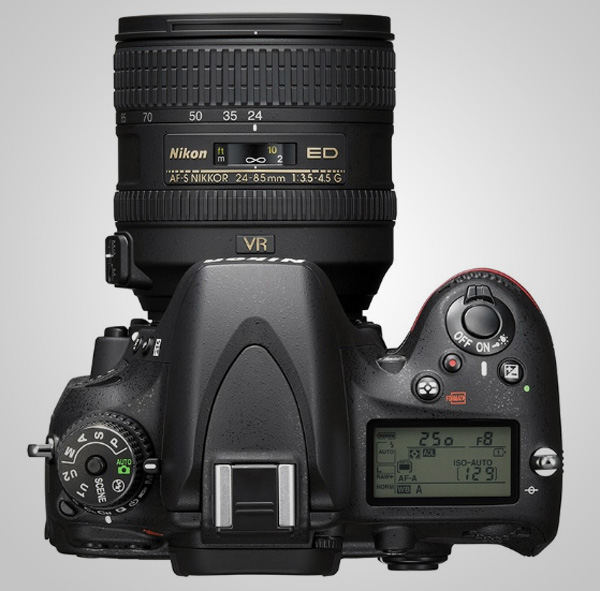
View in gallery



